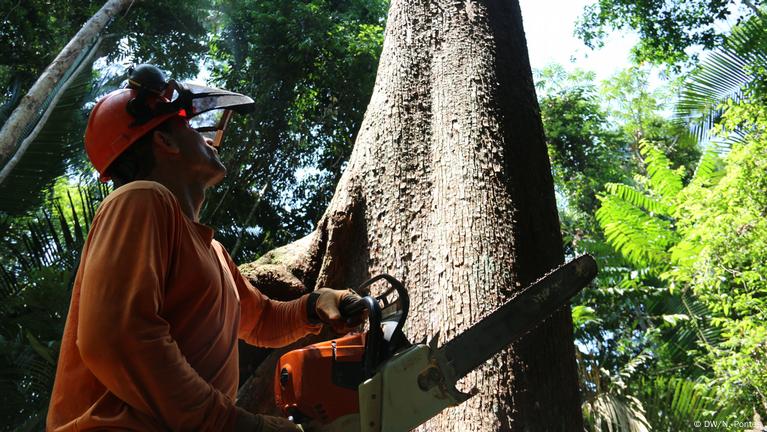A Multifaceted Crisis of Amazon Deforestation is a complex issue with far-reaching economic, environmental, cultural, historical, and social implications. The Amazon rainforest, often referred to as the “lungs of the Earth,” is experiencing unprecedented rates of deforestation. While these activities generate significant economic benefits, including job creation and contributions to GDP, they also entail substantial costs. The loss of biodiversity, soil degradation, and the long-term impacts on ecosystem services (such as water regulation and carbon sequestration) pose serious threats to sustainable economic growth.

Drivers of Deforestation
- Agriculture: One of the primary economic drivers of deforestation in the Amazon is the expansion of agricultural land. Large-scale cattle ranching and soybean farming are particularly significant, driven by global demand for beef and soy products.
- Logging: Both legal and illegal logging contribute to deforestation. Timber from the Amazon is highly valued, and the logging industry provides jobs and economic benefits to local communities and national economies.
- Mining: The Amazon basin is rich in minerals, including gold, bauxite, and iron ore. Mining activities not only clear large tracts of forest but also cause pollution and disrupt local ecosystems.
The Amazon is home to approximately 10% of the world’s known species. Deforestation leads to habitat destruction, threatening countless species with extinction and disrupting ecological networks.
The Amazon plays a crucial role in regulating the global climate by absorbing carbon dioxide. Deforestation contributes to climate change by releasing stored carbon into the atmosphere, exacerbating global warming.
The Amazon influences the regional and global water cycle. Trees in the rainforest release moisture through transpiration, which helps in cloud formation and rainfall. Deforestation disrupts this cycle, potentially leading to reduced rainfall and altered weather patterns, affecting agriculture and water supply in the region and beyond.

The Amazon is home to numerous indigenous communities, many of whom rely on the forest for their livelihoods, culture, and identity. Deforestation threatens their way of life, leading to displacement and loss of cultural heritage.
Indigenous peoples possess extensive knowledge about the rainforest’s biodiversity and sustainable management practices. Deforestation not only erases their physical homes but also endangers this invaluable traditional knowledge, which could be crucial for sustainable management practices.
The history of deforestation in the Amazon is closely linked to colonization and subsequent land use policies. Since the mid-20th century, government policies have promoted the development of the Amazon basin for economic growth, often at the expense of environmental conservation.
Historical land ownership patterns, often favoring large landholders and agribusinesses, have marginalized indigenous and local communities. Conflicts over land rights continue to drive deforestation, as legal ambiguities are exploited by those seeking to clear forested areas.
For many rural communities, deforestation provides economic opportunities. However, these short-term gains often come with long-term social costs, including land degradation, loss of resources, and increased vulnerability to climate change.
Deforestation and the resulting environmental changes can have significant health impacts on local populations. For example, changes in water quality and availability, as well as increased exposure to vector-borne diseases like malaria, are direct consequences of forest loss.
One of the major challenges is the lack of effective governance and enforcement of existing environmental laws. Corruption, limited resources, and conflicting interests often hamper efforts to curb illegal activities driving deforestation.
Current economic incentives often favor deforestation over conservation. Creating alternative livelihood opportunities and providing financial incentives for conservation are crucial but challenging tasks.
The global demand for agricultural products, timber, and minerals continues to drive deforestation. Addressing this issue requires international cooperation and measures such as sustainable sourcing and reducing consumption of deforestation-linked products.
There are significant gaps in knowledge and technology that hinder effective monitoring and management of deforestation. Advances in satellite technology and data analysis are helping, but there is still a need for better tools and more comprehensive data.
Promoting sustainable agricultural practices, such as agroforestry and permaculture, can help reduce the pressure on forests. Certification schemes like the Forest Stewardship Council (FSC) and Roundtable on Sustainable Palm Oil (RSPO) encourage sustainable production.
Strengthening legal and policy frameworks is essential. This includes clearer land tenure laws, better enforcement of environmental regulations, and incentivizing conservation efforts through mechanisms like Payments for Ecosystem Services (PES).
Global cooperation is crucial in tackling deforestation. International agreements, such as the Paris Agreement, recognize the importance of forests in mitigating climate change. Collaborative initiatives, like REDD+ (Reducing Emissions from Deforestation and Forest Degradation), provide financial incentives for developing countries to reduce forest loss.
Engaging local and indigenous communities in conservation efforts is vital. Empowering these communities through land rights, financial support, and capacity-building can lead to more effective and sustainable forest management.
Amazon deforestation is a complex issue with far-reaching economic, environmental, cultural, historical, and social implications. Addressing it requires a multifaceted approach that balances economic development with environmental conservation and social equity. By integrating sustainable practices, strengthening governance, and fostering international cooperation, it is possible to mitigate the impacts of deforestation and protect one of the planet’s most vital ecosystems.
4o



Leave a Reply